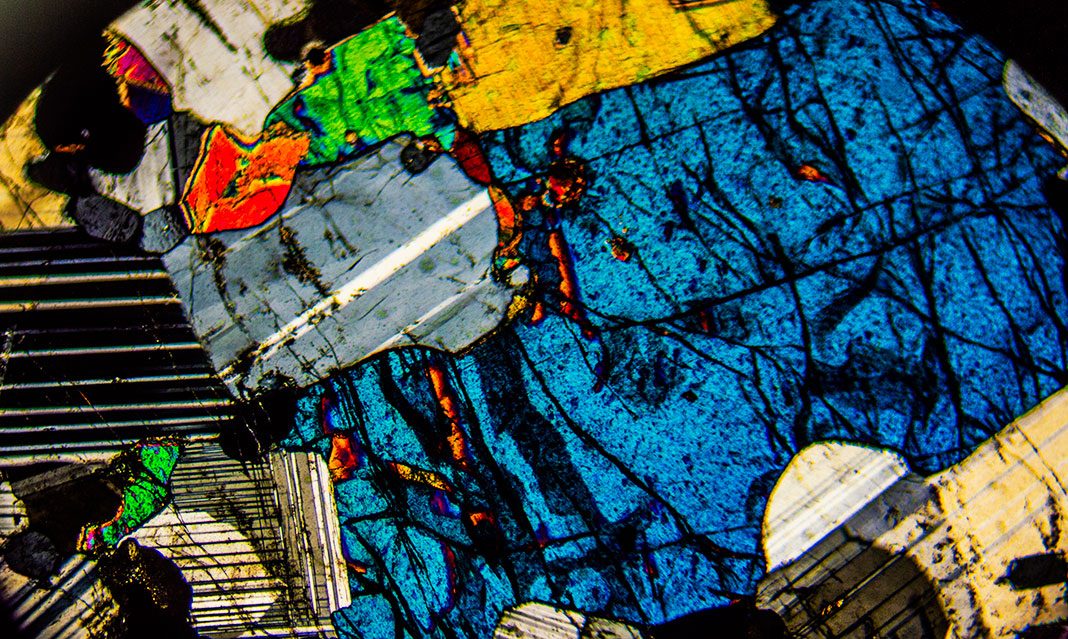Last week, UTM hosted their annual “Science Literacy Week” event, entitled “The Infinite Wonders of Space,” at the UTM library. The week-long event was run by librarians Jessica Hanley and Nelly Cancilla along with UTM library staff Lisa Hodgson and Carmelina Genuardi-Binns. The event featured a variety of interactive and engaging activities.
In an interview with The Medium, Hanley explains that “Science Literacy Week” first began in 2014 after UTM alumni Jesse Hildebrand decided to promote science education to make it more accessible for people outside of science. Since then, it’s become an annual, “global event where universities, schools, public libraries put on events weeklong to engage students and the general population in science to try and make it appeal to people outside of sciences. It’s a kind of scientific outreach to get more people interested in the sciences,” Hanley elucidates.
According to Hanley, many individuals feel like science is inaccessible to them because they are not scientists. “It’s important to help people realize that science can be for everyone, that it can be engaging,” Hanley stated, “You don’t need to have a science background to participate and get involved in the sciences.”
Promoting science education will “become increasingly important in this era of fake news and social media,” Hanley remarks. It’s necessary that people stay engaged in the sciences, learn how to think critically, and research what’s going on around them. Doing so, Hanley claims, will prevent individuals from falling prey to what they see on social media and the news.
“I think science communication is going to become more and more important—it’s becoming a bigger topic in academia anyways—for researchers to be able to translate their work into layman’s terms so that people can understand it a little bit better. As more and more scientific advances are made, it’s going to become increasingly important to be able to communicate that,” Hanley states.
Throughout the week, volunteers from “Let’s Talk Science” hosted interactive activities about topics such as our solar system, virtual reality, alginate gummies, comet cratering, and paper airplanes. Chemical and physical science Ph.D. students also hosted interactive demos during the week showcasing what occurs when elements that make up the atmosphere of space react with everyday items.
Last Monday, the vice president and event coordinator of the J. Tuzo Wilson Club, Kaylen DeRoia and Alejandro Montero, hosted an interactive demo featuring minerals under microscopes as well as testing the properties of calcite, meteorites, and minerals. The J. Tuzo Wilson Club facilitates scientific literacy by aiming to “create a sense of community within the broader sense of the earth science program and UTM as a whole,” remarks DeRoia.
When looking at a geological sample through a microscope, minute properties of the sample are revealed that can’t be seen by the naked eye. Oftentimes, samples that are collected in the field undergo a process called “thin section” which allows scientists to look at the sample on a microscopic level. “Every rock and mineral when you put it under a thin section looks completely different. It’s like looking at fingerprints or even tree rings,” explains Montero.
On the topic of interest in science, DeRoia states, “Not everyone is intrinsically interested in science and that’s why we have science literacy week. You don’t have to be a scientist but to be scientifically literate will help you make decisions.”
Like other fields of study, science is an interdisciplinary field. When we obtain the ability to read scientific journals and actively engage with and understand these resources, we facilitate critical thinking across all fields of study. Science Literacy Week helps us develop the skills to do so.



